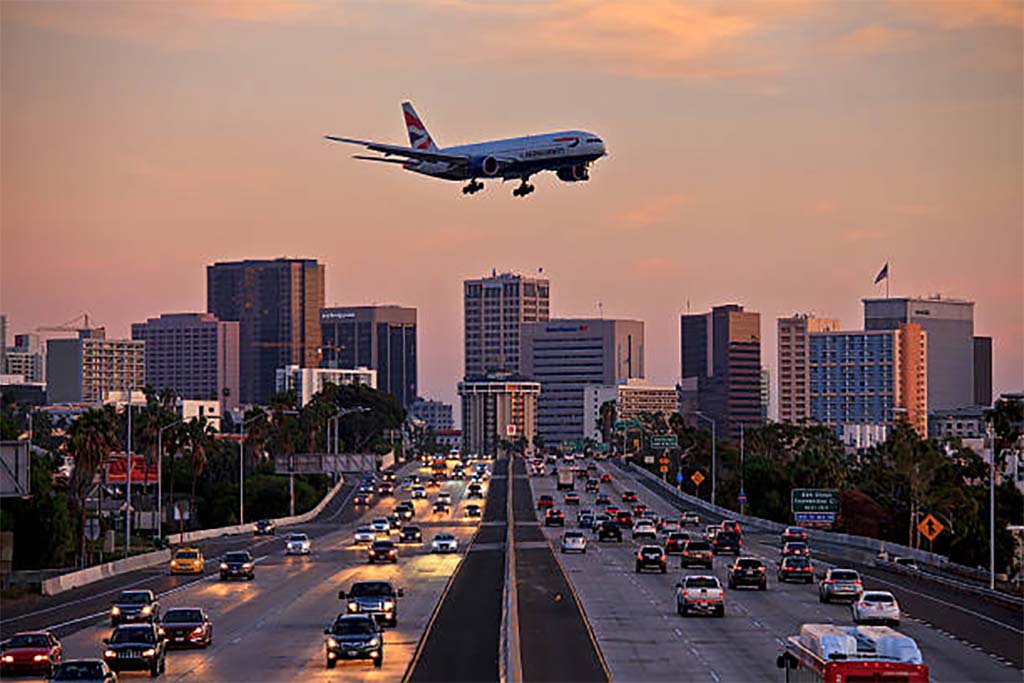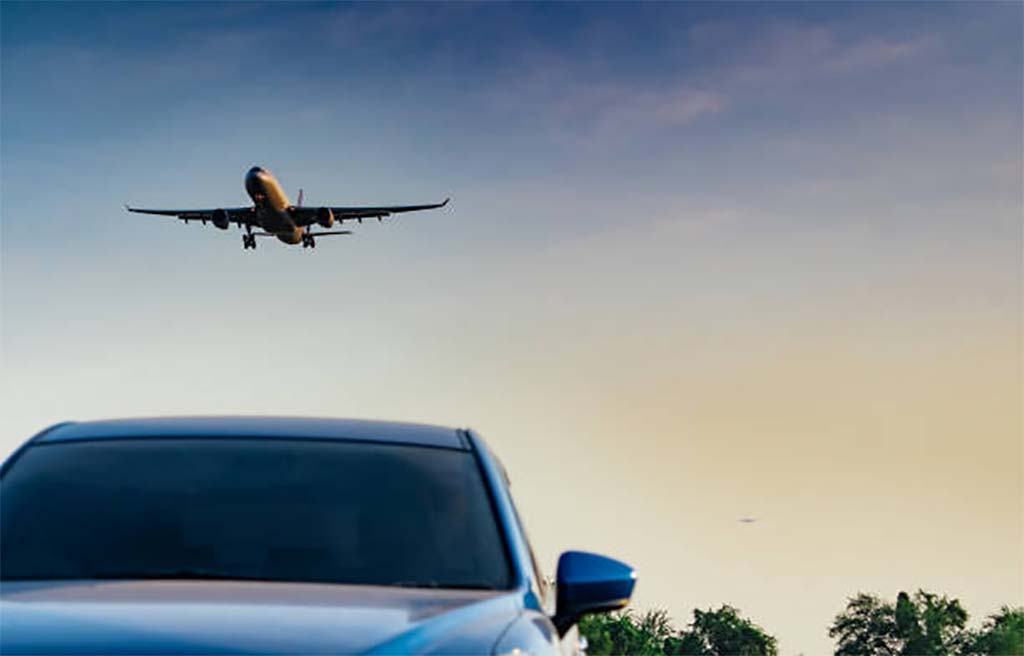Airplanes have long been considered to be a much safer mode of transportation than cars. While there are always risks associated with any form of travel, airplanes have several features that make them considerably safer than cars. This article will discuss why airplanes are safer than cars, the features that make them so safe, and the statistics that back up these claims. By understanding how air travel is safer, travelers can enjoy their journeys with peace of mind.
Reasons Why Airplanes Are Safer Than Cars
When comparing airplane safety to car safety, there are many reasons why airplanes come out on top:
Built for Safety & Long-Term Use: Airplanes are built to last and designed with safety in mind. They must pass rigorous inspection and performance tests before being allowed to fly and must be regularly inspected and maintained for continued operation. This ensures that aircraft are always well-maintained and operating safely when they take off from the airport runway. Cars, on the other hand, can experience wear-and-tear over time which may lead to mechanical failure or accidents due to lack of maintenance or repairs.
More Robust Design &Built-in Safety Features: Airplanes are constructed with a more robust design than cars, utilizing materials such as steel and aluminum that are certified to meet high standards for strength and durability. They also come equipped with numerous built-in safety features, such as multiple layers of reinforced windows and doors, engines that can be shut off in an emergency, and a smoke detection system. These features work together to provide an extra level of safety for passengers in the event of an unexpected issue or accident.
Advanced Pilot Training & Best Practices: Pilots must undergo extensive training before they can operate an airplane safely (including simulator testing). They are also required to adhere to strict safety guidelines set by their airline or governing body. This ensures that pilots understand the importance of following best practices when flying, which further reduces the risk of any potential accidents or incidents while in the air.
Aircraft Maintenance and Quality Assurance: Airlines must follow stringent protocols when it comes to aircraft maintenance and quality assurance programs that ensure all aircrafts are safe before taking off. A comprehensive maintenance program will check for any wear or damage on each plane between flights, ensuring that all planes remain flightworthy at all times.
Improved Technology in Aviation: Technology has advanced significantly over the years, and this includes a number of safety features such as autopilot, voice control, and radar navigation systems. These features provide pilots with more precise control over their aircrafts and make it easier to avoid potential hazards in the sky.
Automated Systems Provide an Extra Layer of Protection: Automated systems are also used in airplanes to provide an extra layer of protection. This includes the use of technology such as auto-throttles and auto-pilots that are designed to take over in the event of an emergency or other issue while flying.
Passenger Protection Regulations: Airlines must follow strict regulations when it comes to passenger safety and comfort, which is another factor that makes air travel much safer than driving cars. These regulations include everything from providing passengers with seatbelts during flight, to providing oxygen masks in case of cabin depressurization or fire onboard, to ensuring that beverage carts are securely stowed at all times – all measures taken to ensure the safety of passengers during flight. Also read about jack for lifted jeep here.

Plane Crash Statistics: While plane crashes do occur from time-to-time, statistically they are much less frequent than car accidents due to their built-in safety features and stringent maintenance protocols. According to the National Transportation Safety Board, there were only 16 aviation fatalities in 2019, compared to over 36,000 car-related deaths in the same year.
Conclusion
Airplanes are considered much safer than cars due to their robust design, built-in safety features, advanced pilot training and best practices, aircraft maintenance and quality assurance programs, improved technology in aviation, automated systems that provide an extra layer of protection for passengers onboard, and passenger protection regulations. Additionally, the statistics associated with air travel show that it is much less likely to be involved in a fatal accident than driving a car. When taking into consideration all of these factors together; it becomes clear why airplanes are considerably safer than cars.
